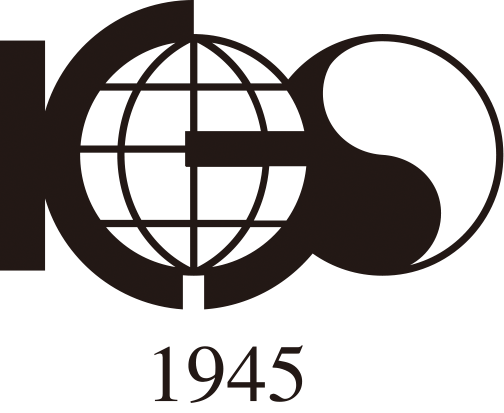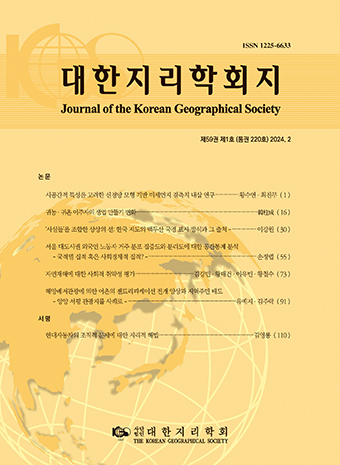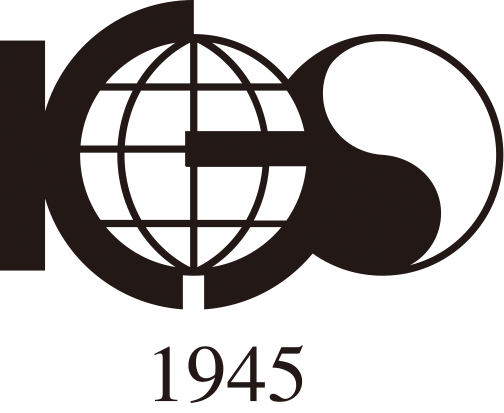Abstract
References
Sorry, not available.
Click the PDF button.
Information
This study examines the prevailing synoptic-scale mechanisms favorable for long-lived summer Persistent Positive Temperature Anomalies (PPTAs) as well as winter PPTAs in the United States. Such long-lived PPTAs usually occur in the south-central region of the United States in summer, but in the southwestern part of the United States in winter. Composite analyses of surface and pressure level data demonstrate that the formation of both winter and summer PPTAs is closely related to the movement of subtropical high pressure systems in the Pacific Ocean and Atlantic Ocean, respectively. The occurrence of long-lived summer PPTAs usually coincides with an extremely stable atmospheric condition caused by persistent blocking by mid- to upper-tropospheric anticyclones. Significant surface forcing is also easily identified through relatively high Bowen ratios at the surface. Warm air advection is, however, weak and appears to be an insignificant element in the formation of long-lived summer PPTAs. On the other hand, synergistic warming effects associated with adiabatic heating under an anticyclonic blocking system as well as significant warm air advection characterize the favorable synoptic environments for long-lived winter PPTAs. However, the impact of surface forcing mechanisms on winter PPTAs is insignificant.
Click the PDF button.
- Publisher :The Korean Geographical Society
- Publisher(Ko) :대한지리학회
- Journal Title :Journal of the Korean Geographical Society
- Journal Title(Ko) :대한지리학회지
- Volume : 43
- No :5
- Pages :701-714



 Journal of the Korean Geographical Society
Journal of the Korean Geographical Society







